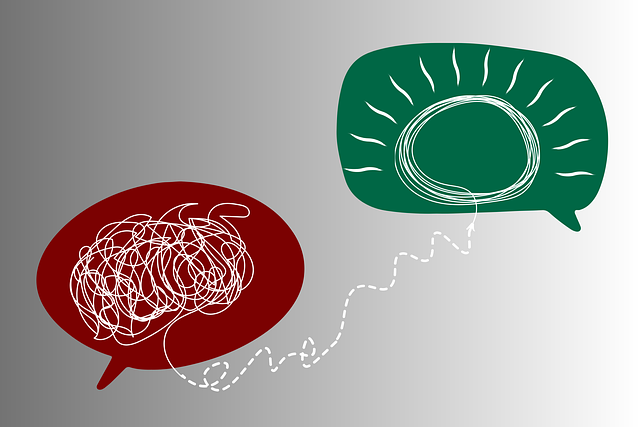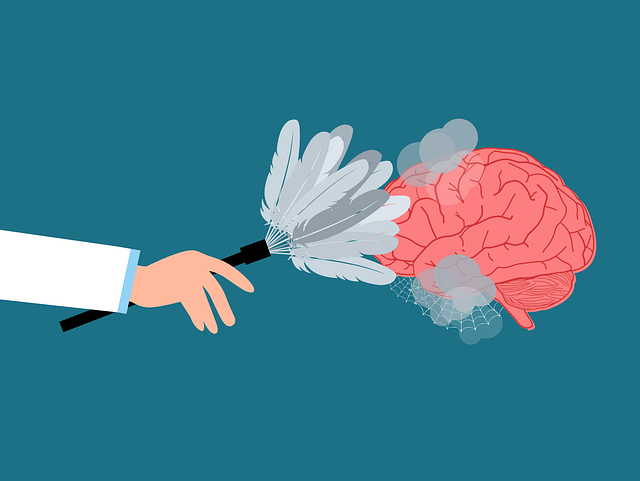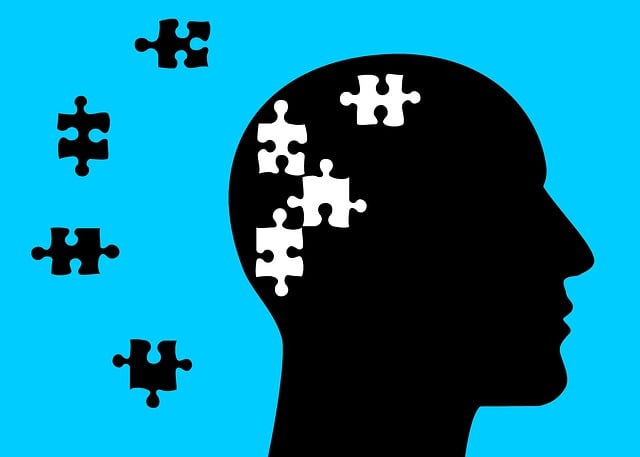Crisis Intervention Teams (CITs) are specialized groups of trained professionals who provide vital support to adolescent teens suffering from panic disorder and anxiety attacks. Through empathy, emotional intelligence, and effective communication, CITs create safe spaces for youth to express their feelings. They also facilitate tailored risk management planning. Integrating these teams into mental health systems significantly improves the well-being of affected teens, offering immediate guidance during crises. Specialized training equips professionals with tools to assist adolescents in managing panic disorders and anxiety attacks beyond conventional therapy, fostering a supportive network within schools and community centers. This holistic approach promotes long-term positive outcomes for teens receiving therapy for panic disorder and anxiety attacks.
In today’s challenging social landscape, effective crisis intervention teams (CITs) play a pivotal role in supporting youth mental health. These specialized groups are designed to swiftly and expertly manage crises, particularly those involving panic disorders and anxiety attacks among adolescents. This article explores the profound impact of CITs on young lives, delving into the critical need for comprehensive training programs. We provide an extensive guide to equip professionals with strategies to effectively address these complex issues, focusing on therapy techniques tailored for adolescent teens grappling with panic disorders.
- Understanding Crisis Intervention Teams: Their Role and Impact on Youth Mental Health
- The Importance of Training: Equipping Professionals to Support Adolescents with Panic Disorders
- Effective Strategies for Crisis Intervention Team Training Programs: A Comprehensive Guide
Understanding Crisis Intervention Teams: Their Role and Impact on Youth Mental Health

Crisis Intervention Teams (CITs) play a pivotal role in addressing the mental health crisis among youth, particularly those struggling with panic disorder and anxiety attacks. These specialized teams consist of trained professionals who are equipped to provide immediate support and guidance during intense emotional or behavioral crises. By integrating CITs into the support system for adolescent teens experiencing these conditions, there is a significant impact on improving their mental well-being.
The core function of these teams involves offering empathy building strategies and enhancing emotional intelligence among youth. Members employ effective communication techniques to connect with adolescents, fostering an environment where they feel understood and supported. Furthermore, CITs facilitate risk management planning, which is crucial for preventing future crises. Through comprehensive training in these areas, mental health professionals within the team can effectively navigate complex situations, providing tailored interventions that cater to individual teen’s needs.
The Importance of Training: Equipping Professionals to Support Adolescents with Panic Disorders

Training plays a pivotal role in equipping professionals to effectively support adolescents grappling with panic disorders. Crisis intervention team (CIT) programs specifically designed for this demographic are crucial, as they provide specialized knowledge and skills to address the unique challenges faced by young individuals experiencing anxiety attacks and panic disorders.
Through comprehensive training modules, including self-awareness exercises and stress management workshops, professionals gain insights into the nuances of adolescent mental health. This enables them to offer tailored interventions that go beyond traditional therapy for adolescent teens with panic disorder and anxiety attacks. By integrating these programs within organizations serving youth, such as schools and community centers, a network of support is created, fostering a culture of mental health awareness and proactive care. In turn, this can lead to improved outcomes and enhanced well-being for adolescents struggling with these debilitating conditions.
Effective Strategies for Crisis Intervention Team Training Programs: A Comprehensive Guide

Effective Crisis intervention team (CIT) training programs are pivotal in equipping professionals to handle mental health crises, especially among adolescent teens grappling with panic disorder and anxiety attacks. A comprehensive guide should delve into evidence-based strategies that foster immediate and long-term support. Role-playing scenarios tailored to diverse situations, including cultural nuances in mental healthcare practice, can enhance team dynamics and responsiveness.
Furthermore, integrating burnout prevention techniques and emotional well-being promotion methods is essential. By teaching mindfulness, stress management, and resilience, CIT training empowers members to maintain their own mental health while assisting others. These holistic approaches not only strengthen the team’s effectiveness but also contribute to a more sustainable and compassionate mental healthcare environment.
Crisis intervention team (CIT) training programs are essential in equipping professionals to effectively support adolescent teens suffering from panic disorder and anxiety attacks. By providing comprehensive education on recognizing, assessing, and managing crisis situations, these programs empower teams to make a significant impact on youth mental health. Through evidence-based strategies, CIT members gain the skills needed to provide immediate, compassionate care, potentially preventing severe outcomes and promoting long-term resilience in young individuals facing panic disorders.









